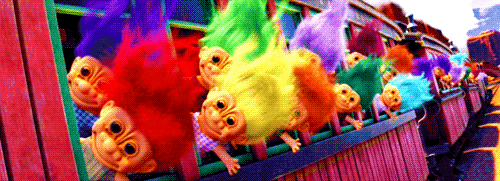Gregory Diamond
Professional
We can see in this video that from the moment when the ball touches the strings for the first time to the moment when ball leaves the strings the fist and the head of the racket move with the same speed. Racket stays perpendicular to the arm. Federer pushes the ball forward. The ball "feels" the whole body not only the head of the racket. Whatever Federed does after the ball left the strings has no effect on the ball.
The same here.
Diokovic said that he didnt use wrist in his two handed backhand. It means that the head of the racket and his hand are moving with the same speed. He pushes the ball.
I am also a pusher. That is why I have won a lot of tournaments.
The same here.
Diokovic said that he didnt use wrist in his two handed backhand. It means that the head of the racket and his hand are moving with the same speed. He pushes the ball.
I am also a pusher. That is why I have won a lot of tournaments.




